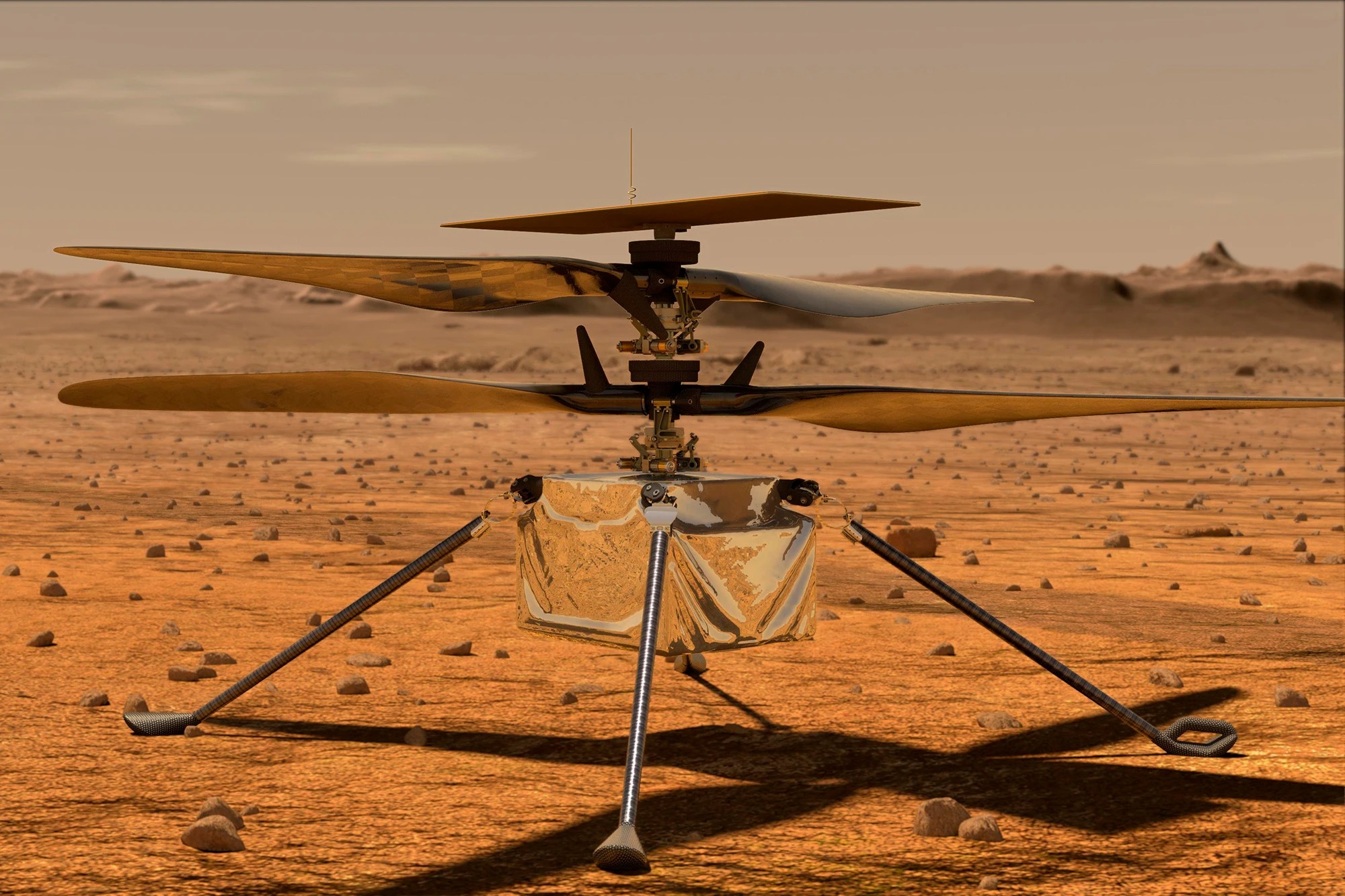What Contact Lenses of the Future Will Look Like?
Before 1971, when the American company Bausch + Lomb got permission to sell soft contact lenses, people with vision issues worldwide struggled, as they had no alternative to wearing ordinary glasses. And the struggle was because glasses are not so comfortable for everyday use – they constantly get dirty, fall off, or get blurred when there is a temperature change. So it was not a surprise that when soft contact lenses appeared on the market, they took only a few decades to gain mass popularity.
Currently, most lens manufacturers are trying to make them more comfortable for the eyes and durable. However, some companies want to give contact lenses additional features. For example, startup Mojo Vision has been developing augmented reality contact lenses for several years. You might think this is another project that will soon fail, but no – the newly developed glasses began to be worn by volunteers. Based on their feedback, when the final version is created, it may go on sale well. Unfortunately, the price of a new generation of contact lenses will be like an expensive smartphone, but it will definitely be worth it.
AR Lenses
Mojo Vision has been developing augmented reality lenses since 2015. At the moment, they have already prepared a prototype that is suitable for wearing – its safety has been proven, and nothing should threaten the health of the wearer. The first person to wear advanced lenses was Mojo Vision CEO, Drew Perkins. It happened on June 23 in the laboratory of the Californian city of Saratoga.
What Is Augmented Reality in Lenses for?
These contact lenses with an AR function will work similarly to the Google smart glasses, which were actively discussed at once but utterly abandoned. However, they will allow users to find useful information without taking a smartphone out of their pocket. It will work in the following way: the lenses will show a map, data and distance traveled, time, and other information right in front of your eyes, creating an AR image that the owner can manipulate.
How Do AR Contact Lenses Work?
However, comparing Mojo Vision contact lenses with Google smart glasses is not fair – this time, we are talking about much more advanced technologies. First, contact lenses use the most miniature display in existence. It is reported that the MicroLED display has a diagonal of 0.02 inches and a resolution of 14,000 pixels per inch – a record pixel density. The entire filling runs on a 5 GHz processor ARM Core M, and a radio module is used for data transmission. A set of a gyroscope and a number of other sensors monitors the movements of a person’s eyes is also present. Eye tracking is necessary to control the interface. For example, you can simply move your eyes up and down to scroll the text with no smartphone control or hand movements.
The battery is also built into the lenses and located in the outer ring. It is reported that the battery belongs to the medical class, which cannot harm human health. One charge in the prototype is enough for a day of work. Wireless technology replenishes the energy reserve, which is also convenient. The only negative in terms of comfort may be the need to put on the lenses correctly every time so that the image is not upside down. But what prevents you from making the interface adaptable to the user because the lenses have an accelerometer and other orientation sensors? Maybe the inconvenience will no longer exist in the final version of this invention.
When Will, the New Lenses, Go on Sale?
Drew Perkins is the only lens tester at the moment, but the company wants to find more volunteers soon. Based on their feedback, bugs will be corrected, and then the lenses will be shown to regulatory agencies like the FDA, which tests all products to ensure they are safe for humans. After that, if all goes according to plan, Mojo Vision contact lenses will go on sale. According to developers, their price will be at the level of first-class smartphones. And they could be called the lenses of the future because previously we only saw this in science fiction films.
For premium readers







